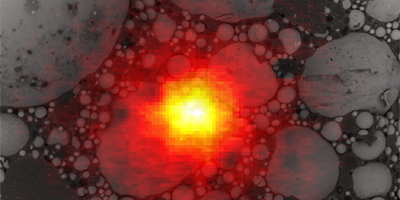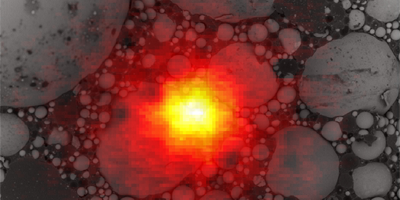Light Takes a Flight Back
A Lévy flight, like Brownian motion, is a random walk. The difference is that a few very long steps, which are still random and lack a directional preference, dominate the statistics. The walkers in a Lévy flight cover more average distance than those in standard diffusive transport. The resultant “superdiffusive” transport is common in nature, exhibited in scenarios ranging from the foraging of animals to the ups and downs of the stock market.
Superdiffused light was recently observed in optical materials, called Lévy glasses, which are engineered disordered systems that have a distribution of high-refractive-index scatterers with fractal properties. Generating step lengths that produce a Lévy walk is not easy since their influence is relevant over several orders of magnitude at characteristic length scales, but fast characterization techniques make all optical analogs of condensed-matter systems (think of optical lattices) particularly attractive.
In these superdiffusive materials, light undergoes multiple scattering, which led to predictions of pervasive interference effects like weak localization. Now, in a paper in Physical Review Letters, Matteo Burresi from the European Laboratory for Non-linear Spectroscopy, Italy, and his coauthors report the observation of coherent backscattering of light in a Lévy glass, which is indicative of weak localization—an interference effect found in disordered systems—of the light. The authors’ work is particularly intriguing because they are able to control the diameter of the glass spheres with considerable precision, which allows them to play with the optical, diffusive, and fractal properties of the material to an unprecedented degree. – Sami Mitra





